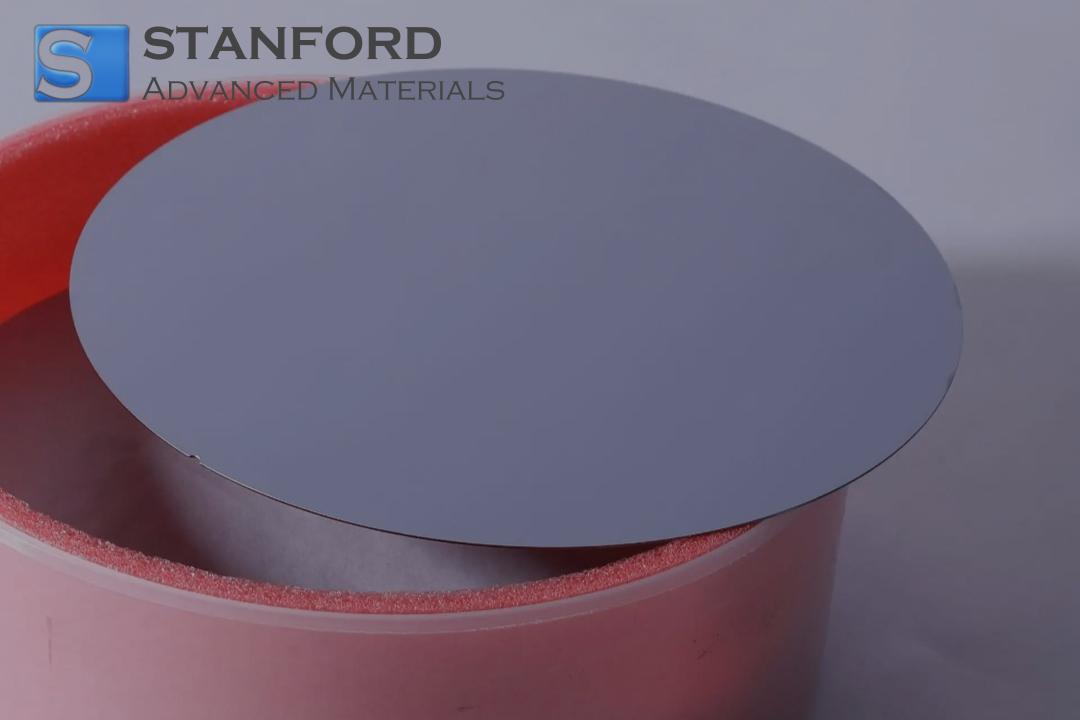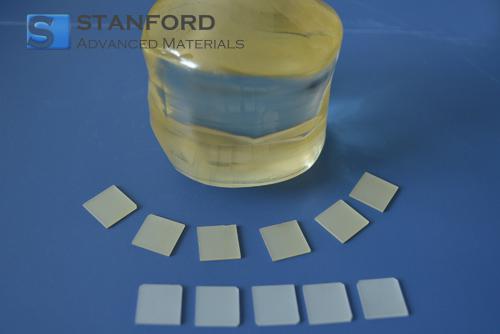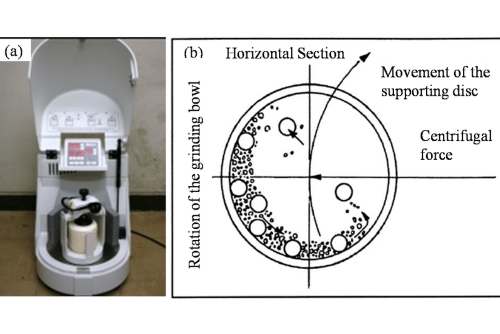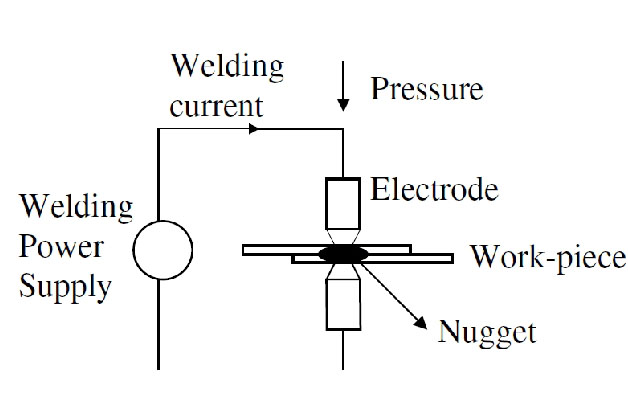Why Calcium Fluoride Windows Stands Out
Introduction
Calcium fluoride windows have attracted attention in the field of optics. They offer a unique combination of clarity and reliability. Many optical systems utilise calcium fluoride for its strength and efficiency.
Calcium fluoride is not a new material. It has been employed since the early days of optical instrument design. Manufacturers appreciate its light transmission quality. Engineers and scientists use it for critical optical applications. Its specific attributes have maintained its usage over the years.
Calcium Fluoride Material Properties
Calcium fluoride is noted for its exceptional transmission in both ultra-violet and infrared ranges. It transmits light effectively from around 0.13 micrometres in the UV to 10 micrometres in the infrared. The material has a refractive index of approximately 1.43 at the visible light wavelength. Its low dispersion assists in reducing optical aberrations in high precision devices.
The structure of calcium fluoride is cubic. This structure leads to consistent performance when crystals are grown properly. Its hardness is roughly 4 on the Mohs scale, making it softer compared to some glasses. However, its optical clarity and low absorption are qualities that many applications depend upon.
Calcium fluoride has a melting point of 1 418 degrees Celsius. This characteristic ensures it remains stable under severe operating conditions. Its transmission spectrum and low dispersion designate it a suitable candidate where precision in the light path is imperative.
Calcium Fluoride Manufacturing and Forms
Calcium fluoride can be sourced from natural deposits or produced synthetically. The natural mineral form is recognised as fluorspar. Refining and purification processes yield optical-grade crystals. These crystals present few defects and provide excellent clarity.
In manufacturing, the crystals can be grown using techniques such as the Czochralski method. This technique results in large and well-formed crystals. Manufacturers also utilise a process called sublimation to obtain high-purity materials. The end product can be shaped into windows, lenses, and prisms.
Calcium fluoride windows are available in a range of thicknesses and diameters. Certain optical tools demand specific flatness and surface quality. The demand for high-performance optical devices drives manufacturers to produce calcium fluoride with tight tolerances. This commitment to quality is beneficial in advanced scientific applications and high-power laser systems.
Calcium Fluoride Applications
Calcium fluoride has numerous applications in optical devices. Its excellent light transmission makes it a preferred choice in high-power laser systems. Optical elements such as windows in lasers and lenses in projection systems employ calcium fluoride due to its low refractive index and high transmission.
A common example is its application in ultraviolet lithography. Optical systems used in semiconductor manufacturing require materials capable of withstanding intense UV radiation. Calcium fluoride windows are also used in telescopic systems where broad spectral performance is required. Scientific instruments that need a clear image heavily rely on its low dispersion properties.
In the realm of infrared imaging, calcium fluoride plays a crucial role. Its transmission in the mid-infrared is valuable for thermal cameras and sensors. Engineers seek materials that maintain low phase distortions, and calcium fluoride often satisfies this requirement.
Its role in medical imaging is also noteworthy. Certain surgical tools and diagnostic devices integrate calcium fluoride components because they require clear, distortion-free optics. The stable performance of this material across a range of temperatures is an advantage for consistent outcomes.
Calcium Fluoride vs Other Optical Materials
Numerous optical materials are available today. Fused silica and sapphire frequently appear as competitors. Calcium fluoride provides unique benefits. Its low dispersion and high transmission across a broad spectral band distinguish it.
Fused silica is strong and durable. However, it does not provide the same extensive spectral range as calcium fluoride does in the ultraviolet domain. Sapphire is hard and scratch resistant. Yet, its optical clarity may not always match that of calcium fluoride in particular applications. Practising engineers often select calcium fluoride when minimising light loss and dispersion are crucial.
The light weight of calcium fluoride compared to certain other crystals is also advantageous. Devices needing minimal optical distortions benefit from its properties. Calcium fluoride’s performance exceeds that of its alternatives.
Limitations of Calcium Fluoride
No material is without limitations. Calcium fluoride is relatively soft. Its Mohs hardness of 4 means it necessitates careful handling. Optical surfaces require specialised polishing methods to avoid scratches.
The material is also susceptible to moisture. Prolonged exposure in harsh conditions can lead to a decrease in performance. Engineers apply protective coatings on calcium fluoride windows to minimise water damage. Temperature fluctuations can also induce stress in the crystal structure. This sensitivity indicates that careful design is essential for reliable use in extreme environments.
Cost is another factor to consider. Producing high-quality optical-grade calcium fluoride can be expensive. The manufacturing processes require precision and expertise. In certain high-performance cases, the cost is justified by the optical quality. However, in less demanding settings, other materials might serve as a more economical option.
Conclusion
Calcium fluoride windows are distinguished by their excellent optical properties. Their wide range of light transmission and low dispersion render them ideal for various high-end applications. The production methods ensure that high-quality materials are accessible. While there are limitations, careful handling and proper design facilitate their effective use. For more IR and UV materials, please consult Stanford Advanced Materials (SAM).
Frequently Asked Questions
F: What makes calcium fluoride special in optical devices?
Q: It transmits a wide range of light with low dispersion and is used in high-power laser and imaging systems.
F: How is calcium fluoride produced for optical use?
Q: It originates from natural minerals and can be synthetically grown using methods such as the Czochralski method.
F: What limits the use of calcium fluoride in optics?
Q: Its softness, sensitivity to moisture, and cost may restrict its application in some environments.

 Bars
Bars
 Beads & Spheres
Beads & Spheres
 Bolts & Nuts
Bolts & Nuts
 Crucibles
Crucibles
 Discs
Discs
 Fibers & Fabrics
Fibers & Fabrics
 Films
Films
 Flake
Flake
 Foams
Foams
 Foil
Foil
 Granules
Granules
 Honeycombs
Honeycombs
 Ink
Ink
 Laminate
Laminate
 Lumps
Lumps
 Meshes
Meshes
 Metallised Film
Metallised Film
 Plate
Plate
 Powders
Powders
 Rod
Rod
 Sheets
Sheets
 Single Crystals
Single Crystals
 Sputtering Target
Sputtering Target
 Tubes
Tubes
 Washer
Washer
 Wires
Wires
 Converters & Calculators
Converters & Calculators
 Write for Us
Write for Us


 Chin Trento
Chin Trento



